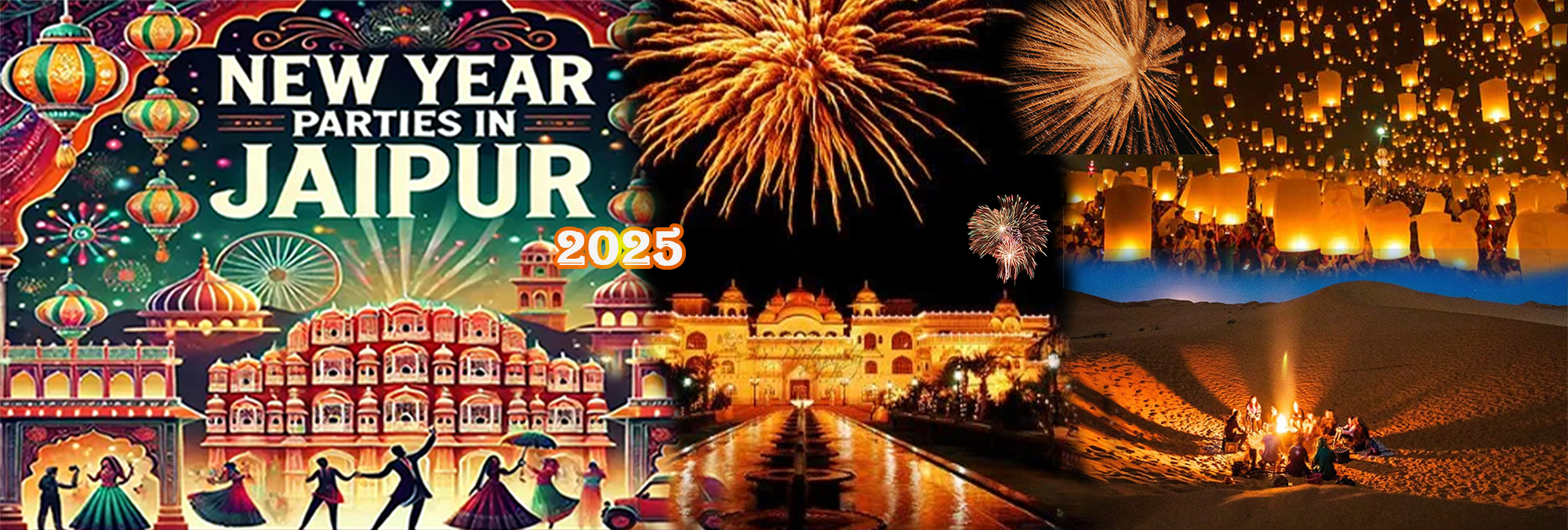
Bharatpur Bird Sanctuary is the most tempting tourist destination for the bird lovers. A safari in the Bharatpur Bird Sanctuary is an alluring and refreshing experience in the tranquility of Nature with the melodious bird chirping everywhere. Now known as the Keoladeo Ghana National Park, the park is among the few of the protected park, especially, for the hundreds of unique bird species. Apart from the exotic avifauna species such as native water birds, migratory winter birds, waterside birds, etc., the dense forest of the sanctuary is also a home to the various species of Deer - Chital, Sambar, Spotted Deer as well as Wild Boar and Nilgai.
The park is the natural home to more than 300 bird species, around 50 species of fish, 25 reptile species, including snakes, lizards and turtles, 7 amphibian species and numerous other invertebrates along with more than 370 flora species.
The total area of the Bharatpur Bird Sanctuary is around 29 sq km among which approx 11 sq km is the swampland the rest of the area consists of the big grasslands and scrublands. The Sanctuary was once the bird hunting ground for the Royals of the Bharatpur princely state. In fact, this bird sanctuary was created around 250 years ago when a large area with the natural depression was flooded after the Ajan Bund was built by the then King of the Bharatpur state, Maharaja Suraj Mal during 1726 to 1763. The swampland, which became the habitat of the hundreds of bird species, was named after the local temple dedicated to Lord Shiva which is locally known as Keoladeo Temple. The Bund was constructed at the convergence of the Gambhir River and the Banganga River.
History Of Bharatpur Bird Sanctuary
A 1956 archive photo of Maharaja of Bharatpur showing a duck to her Imperial Majesty the Queen after a hunting round
Now known as the Keoladeo National Park, the area was used as a duck shooting preserve by the Maharaja of Bharatpur. This was from 1850s until March 1982, when it was Bharatpur National Park. Later in March 1976, it was renamed as Bharatpur Bird Sanctuary. After seeing the diverse range of flora and fauna flourishing in the park, the UNESCO declared it as a World Heritage Site in 1985. Finally in 1982, grazing in the park was completely banned by the government thus making it a green haven for birds and animals residing there.